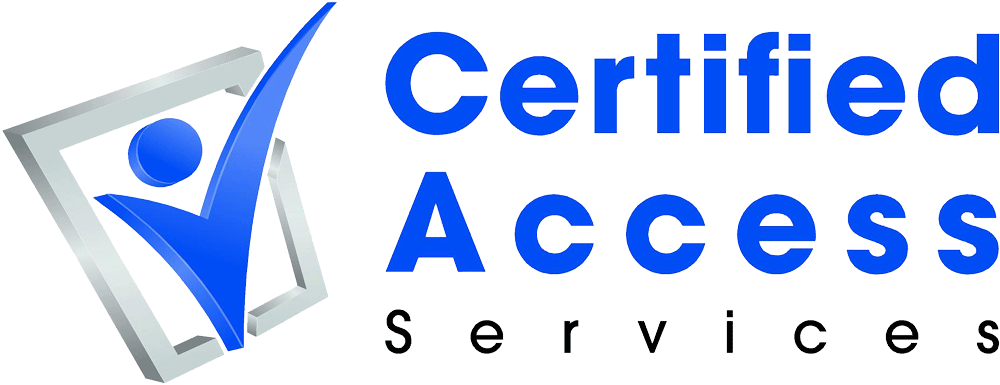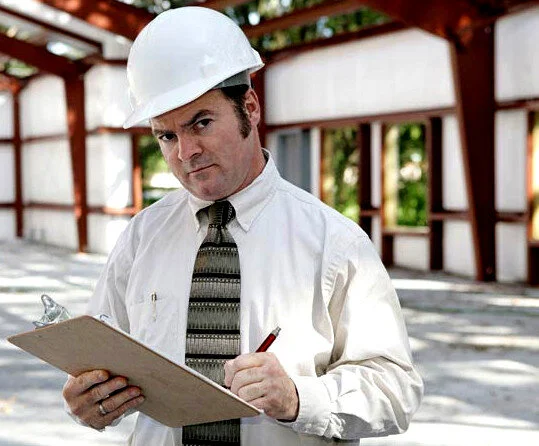MYTH - I can file for a "Unreasonable Hardship"
/MYTH:
“I can just file for an "Unreasonable Hardship" if I can't afford to improve the accessible path of travel when I make an alteration to my property.”
FACT:
The enforcing agency will not issue an “Unreasonable Hardship” unless the adjusted construction cost exceeds $170,466.00
Alterations WILL require accessibility improvements
If your facility is altered, an accessible path of travel to the area of alteration is required. If the overall construction cost is less than valuation threshold ($170,466.00), then 20% of the adjusted construction cost must be allocated to accessibility improvements on the path of travel. An “Unreasonable Hardship” exemption will not be granted by the enforcing agency if the construction cost is less than the valuation threshold.
If the adjusted construction cost exceeds the valuation threshold, then the enforcing agency will consider an “Unreasonable Hardship” exception. However, in no case will the cost of compliance be less than 20 percent of the adjusted construction cost of alterations.
For more information about Path of Travel requirements Click Here.
Contact a Certified Access Specialist (CASp)
There are many nuances and interactions between state and federal requirements. We highly recommend that you consult with a CASp if you have any questions about your facility. Please don’t hesitate to contact us.


